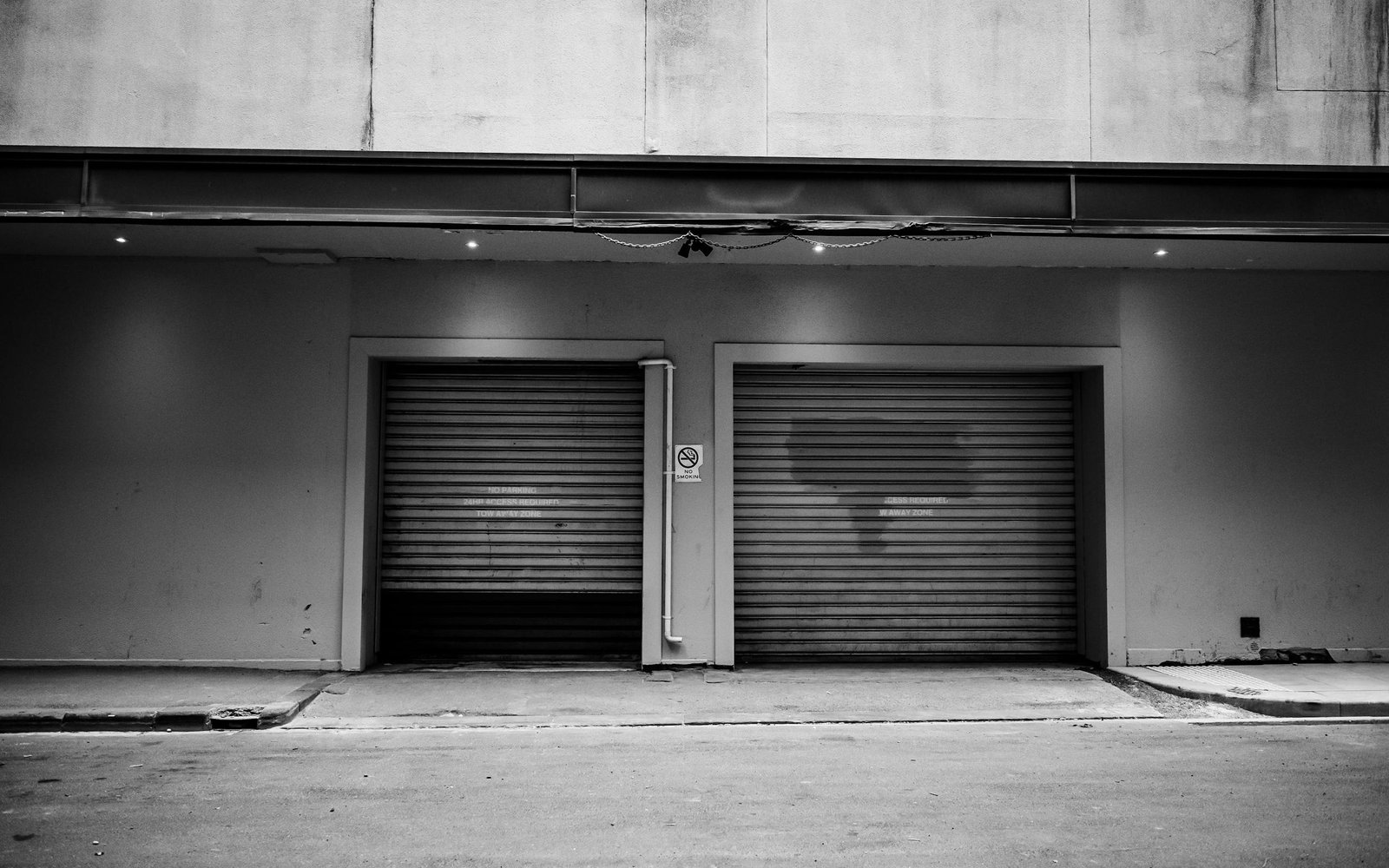Springs, Sensors, and Safety: Fixing Garage Doors the Right Way
Garage doors aren’t just a way to get in and out of your house. They protect your stuff, add curb appeal, and keep your home safe. When something goes wrong, it can mess up your whole day. From weird noises to doors that won’t open, garage door repair is one of those things you can’t ignore for long. The good news? Most problems have simple causes—and easy fixes. This article breaks down the most common issues and how to handle them like a pro, even if you’re not one.
Understanding Garage Door Malfunctions
What Causes Garage Doors to Stop Working?
Garage doors rely on a system of parts like springs, tracks, openers, and sensors. If one part fails, the whole system gets thrown off. Most of the time, problems come from wear and tear, poor maintenance, or sudden weather changes. Rusty springs, bent tracks, or a dead remote battery can stop your door from working.
Signs Your Garage Door Needs Immediate Repair
Don’t wait for the door to break completely. Look for early signs like:
- Slow or jerky movements
- Loud grinding or popping noises
- Door not staying closed
- Sensors blinking or misaligned
- Remote taking forever to respond
If you notice any of these, a garage door fix might be overdue.
Common Problems and How to Fix Them
Garage Door Won’t Open or Close Properly
This is a classic issue. Most of the time, it’s due to:
- Dead batteries in the remote
- Misaligned safety sensors
- Manual lock engaged by mistake
Start by checking your remote, sensors, and wall switch. If the problem continues, the issue might be deeper, like a damaged opener or broken spring.
Loud Noises When Operating the Door
Squeaking, grinding, or banging sounds usually mean something needs lubrication or tightening. Metal rollers and hinges get dry, and bolts can loosen over time. A simple spray of garage door lubricant can often silence the noise.
Remote or Sensor Failures
If your garage door remote isn’t working, make sure the path between the remote and the opener is clear. Clean the sensor lenses and check that nothing is blocking them. Also, replace old batteries—even if they “look fine.”
Safety Issues That Can’t Wait
Broken Springs and Cables
Torsion springs and extension springs do the heavy lifting when your door opens. If one breaks, the door can fall suddenly, which is dangerous. You’ll hear a loud bang when a spring snaps. Never try to fix these yourself—call a pro.
Garage Door Off Track Risks
If your garage door comes off its track, it can get stuck or collapse. This usually happens when someone hits the door with a car or slams it shut. Stop using it right away and don’t force it. Forcing a door off-track can twist the frame.
When DIY Becomes Dangerous
Some repairs should be left to professionals. These include:
- Replacing high-tension springs
- Fixing electrical issues
- Full opener motor replacements
Trying these on your own can lead to injury—or bigger repair bills.
Repair or Replace? Making the Right Call
When a Quick Repair Isn’t Enough
If you’re fixing the same part every few months, it might be time to replace your garage door. Cracks, rust, dents, or warped panels are hard to fix and could weaken the whole structure.
Signs It’s Time for a New Garage Door System
You may need a full replacement if:
- The door is over 20 years old
- Parts are no longer available
- The opener fails even after repairs
- You’re upgrading to smart garage technology
Newer doors are quieter, safer, and more energy-efficient.
Preventing Future Breakdowns
Seasonal Maintenance Checklist
Do this at least twice a year:
- Check and tighten all bolts and screws
- Lubricate rollers, hinges, and springs
- Clean the tracks with a cloth
- Test the auto-reverse safety feature
- Replace remote batteries
Regular checks can stop small issues from turning into big ones.
How Lubrication and Alignment Save Money
A little lubricant goes a long way. Friction wears out parts faster, making you spend more on repairs. Also, keeping tracks aligned helps the door move smoothly and reduces pressure on the opener.
Tips to Extend Your Garage Door’s Life
- Don’t slam the door shut
- Don’t hang items on the tracks or springs
- Keep sensors clean and aligned
- Schedule annual professional inspections
These simple habits can add years to your system’s life.
Tech-Savvy Fixes for Modern Homes
Upgrading to Smart Garage Door Openers
New smart garage systems let you open and close the door from your phone. Brands like Chamberlain and LiftMaster offer features like real-time alerts, schedules, and remote access. These upgrades improve safety and convenience.
Troubleshooting Wi-Fi Connectivity Issues
If your smart opener keeps disconnecting:
- Check your home Wi-Fi strength
- Move the router closer or use a Wi-Fi extender
- Update the opener’s firmware
- Re-pair the device using the app
Keeping your system online ensures you stay in control, even when you’re away.
Conclusion: Don’t Wait—Fix It Before It Breaks
Garage door problems usually start small. A squeak today could be a broken spring tomorrow. Whether it’s your garage door opener, springs, or tracks, fixing issues early saves money and keeps your family safe. Keep up with basic maintenance, learn the signs of failure, and know when it’s time to call in help. Your garage door protects your home—return the favor by keeping it in good shape.






